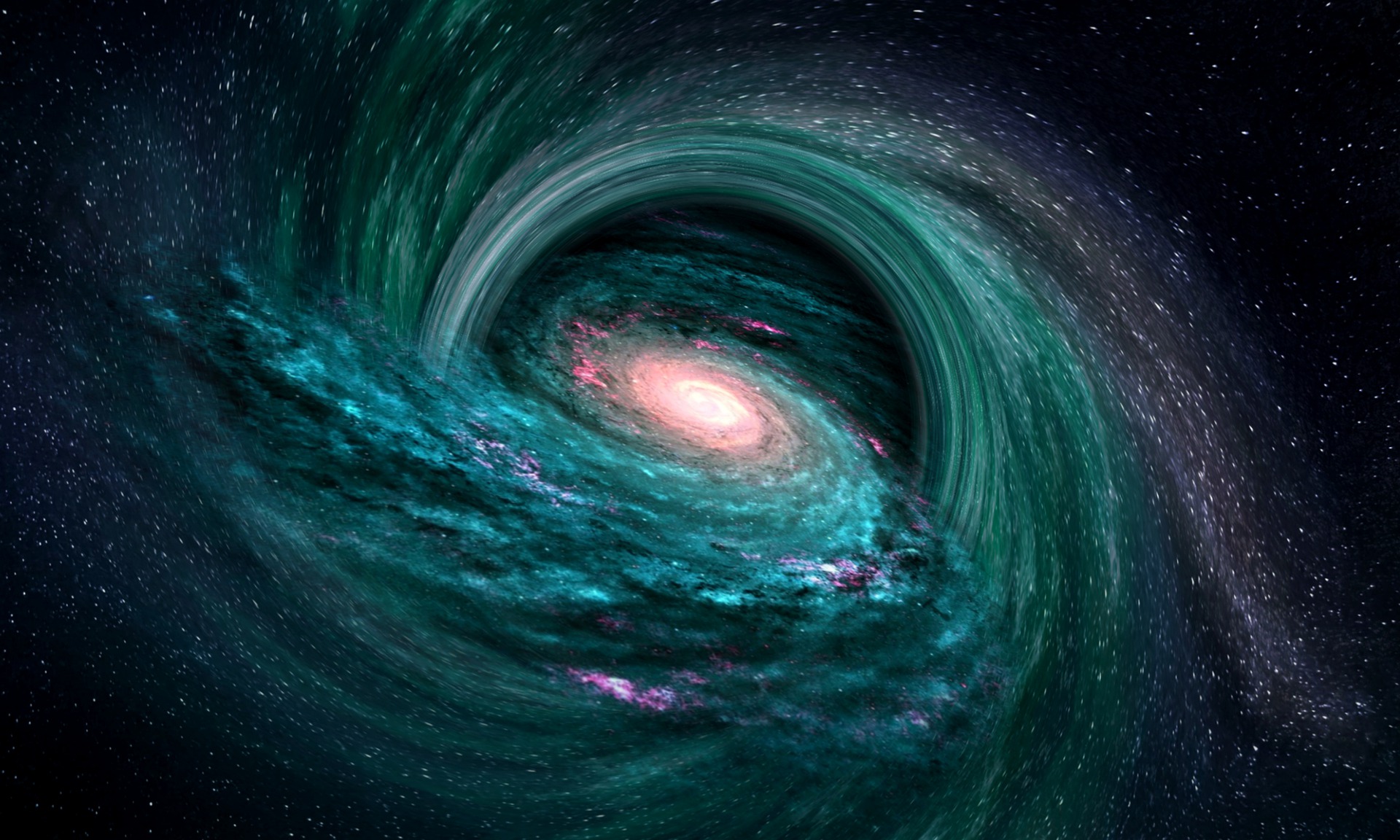Gravitational waves are ripples in the fabric of spacetime that are produced by the motion of massive objects, such as black holes and neutron stars. These waves were first predicted by Albert Einstein's theory of general relativity, which describes how gravity is a result of the curvature of spacetime by massive objects.
Gravitational waves are extremely weak and difficult to detect, requiring extremely sensitive instruments and careful analysis of data. The first direct detection of gravitational waves was made in 2015 by the Laser Interferometer Gravitational-Wave Observatory (LIGO), which detected the signal of two merging black holes. Since then, several more detections have been made by LIGO and other gravitational wave detectors, including the Virgo detector in Italy and the KAGRA detector in Japan.
The detection of gravitational waves has opened up a new window for studying the universe, as they provide a unique way of probing the dynamics of massive objects and the structure of spacetime. By measuring the properties of gravitational waves, scientists can infer the properties of the objects that produced them, such as their mass, spin, and distance from Earth. Gravitational waves can also reveal information about the environment in which the objects are located, such as the presence of gas and dust.
The detection of gravitational waves has several important implications for the study of the universe. One of the most significant is the confirmation of the existence of black holes, which were previously only inferred from their gravitational effects on nearby objects. Gravitational waves also provide a way of testing Einstein's theory of general relativity in extreme conditions, such as the strong gravitational fields near black holes. The study of gravitational waves can also shed light on the formation and evolution of galaxies and the large-scale structure of the universe.
In addition, the detection of gravitational waves has opened up new possibilities for multi-messenger astronomy, which involves the study of the universe using multiple types of signals, including light, cosmic rays, and neutrinos. By combining information from different types of signals, scientists can gain a more complete understanding of the objects and processes that shape the universe.
Overall, the detection of gravitational waves represents a major milestone in the study of the universe and has opened up new avenues for exploration and discovery in physics and astronomy.

